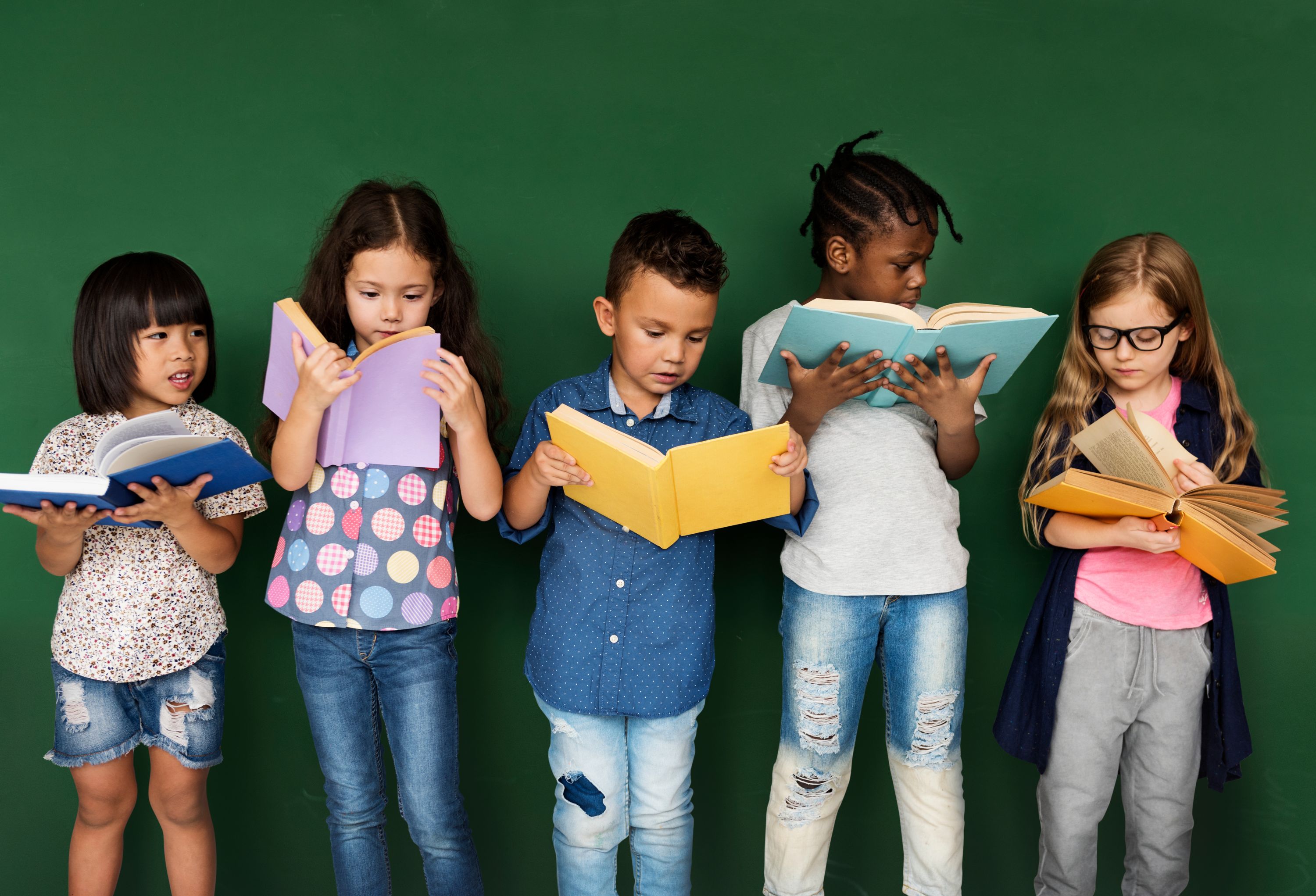It’s that time when our children and grandchildren head back to school, and new classmates are likely to become part of the new school year. There are many conversations that you may be having with your kids and one that you may not think about is if some of their new friends have a hearing disability. For some children, this may be confusing and they may be uncertain about how to interact. Here are some ideas to discuss with your children about how they can help each other so everyone can have a great school year!
 Depending on their level of hearing loss, the student may be wearing hearing aids or have a cochlear implant. Some students may use assistive technology such as an FM system, which involves the teacher wearing or being near a microphone that can transmit directly to the student’s hearing devices. Discussing this kind of assistive technology helps our children understand that hearing aids and hearing assistive devices benefit their classmate’s learning and communication with the teacher and others.
Depending on their level of hearing loss, the student may be wearing hearing aids or have a cochlear implant. Some students may use assistive technology such as an FM system, which involves the teacher wearing or being near a microphone that can transmit directly to the student’s hearing devices. Discussing this kind of assistive technology helps our children understand that hearing aids and hearing assistive devices benefit their classmate’s learning and communication with the teacher and others.
New situations may make children uncomfortable and without knowing what to do, they may be reluctant to engage. To get a ground level perspective, I asked my granddaughter, Josie (12), about two experiences she had in her elementary grades. The first was a blind student in her kindergarten class. The teacher asked for classroom volunteers to help the blind student, and she and a few others raised their hands. This involved allowing the blind student to put their hand on their classmate’s shoulders as they navigated to another classroom in the school. The second was an autistic classmate who also needed some assistance in the classroom and moving to different locations within the school.
When I asked her about the reactions of the classmates that did not volunteer, she indicated that these students were worried about not knowing what to do or doing something wrong. For some, it was their first interaction with a student with a disability and they were just not sure how to interact or communicate with them. She said that the small group that did help these two students really learned something about having a disability and how easy it was to help their peer. It also improved her classmates’ school experience and allowed them to make a new friend along the way.
When it comes to classmates with hearing loss, help your child understand that it is important to engage with this new student, so encourage them to introduce themself and ask their name. Your child may find that speaking to them with a clear voice while they are facing each other is the easiest way to communicate. It is OK to ask questions about their devices in a respectful way – hearing technology is pretty cool to learn about. They don’t need to yell or speak loudly, and be sure to remind them that the student should be able to see their mouth clearly when speaking. Many children with hearing loss have good lip-reading skills.
New classmates bring new experiences and can enrich the learning environment. We can help by having that open discussion and helping all to understand how to interact with each other, make friends, and create a fun and inclusive environment while going back to school.